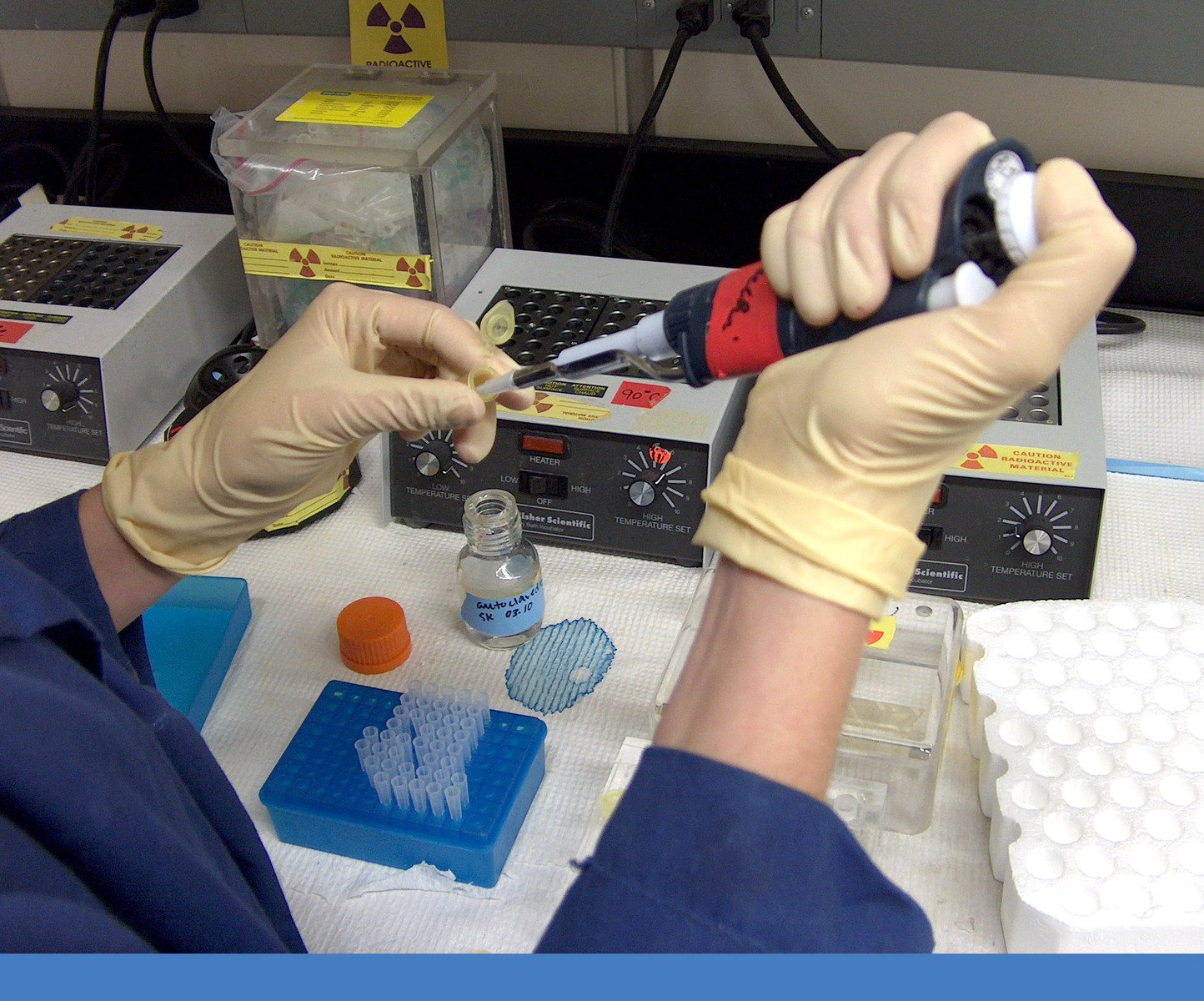Imagine you are in a business course and are given the following scenario: Your marketing department has found an opportunity for your business. It has identified a clear problem that, with research, time and heavy investment your company can solve. This solution comes with the caveat that you will be creating a product for a market that is underdeveloped, that is difficult to distribute and that has customers who cannot afford to pay for your offering.
Given this scenario, most of us would ask the professor if this was a joke, or some sort of thought experiment designed to help students confront the impossible. Unfortunately, this scenario is very real. Dubbed “the business plan from hell” by Peter Hotez, president of the Sabin Vaccine Institute, the case above is the exact challenge facing pharmaceutical companies that try to fight neglected and deadly diseases worldwide.
Roughly 90 percent of humanity’s disease burden occurs in the developing world. And yet only 3 percent of research and development budgets in the pharmaceutical industry are focused on diseases in these areas. Why?
The answer lies in economics: businesses survive by manufacturing products that people are willing to buy. If there is no market for a good or service, then there is no demand. Without demand, firms have no incentive to create a supply. In our context, it is incredibly difficult for a business looking to make money to enter developing markets with new drugs since those most influenced by neglected and deadly diseases often live in abject poverty.
WHO, the World Health Organization, recognizes 20 major neglected tropical diseases (NTDs). These diseases, along with malaria and tuberculosis, affect over 1 billion people each year. In the case of malaria and tuberculosis, the diseases are often fatal. With NTDs, those influenced suffer debilitating health effects leading in many instances to physical and mental disability.
Treated individually, the relative impact of each NTD is small. However, viewed as a whole, the entire situation demands attention. Conservative estimates of the economic impact of these untreated diseases run in the billions of dollars, not just from short-term losses, but also including long-term impact on families, cultures and societies.
Thankfully, because of this and other factors, businesses, organizations and governments are beginning to fight against these diseases. One group is the Drugs for Neglected Diseases initiative (DNDi). Founded in 2003, DNDi is a combination of public and private sector organizations focused on research and development of treatments for NTDs. They are currently focusing research on malaria, chagas disease (a parasitic ailment), sleeping sickness and leishmaniasis (a skin disease) and have successfully delivered prototype treatments for each disease in the past four years.
Outside of private organizations, governments are also stepping in to assist. The FDA has introduced a voucher program that rewards treatment of NTDs. When a company creates a successful drug, the FDA can award it a voucher that moves a new drug to the front of the review line. Short-cutting this process, which normally takes months, could potentially be worth millions in the hyper-competitive pharmaceutical industry. These vouchers can also be sold, thereby creating a situation where developing a treatment becomes incredibly valuable.
Many more ideas are in the works to overcome the fundamental economic problem of developing a product for a market that has no money. When nonprofits, for-profits and governments work together like in the winning effort waged against polio, the fight against NTDs, malaria, tuberculosis and other diseases can be successful. If this collaboration and mutual support happens soon, we can help those desperately in need.
John Hoffmire is Chairman of the Center on Business and Poverty. He also holds the Carmen Porco Chair of Sustainable Business at the Center.
Ben Young did the research for this article. Ben Young is an Analytics Consultant with InterWorks.





